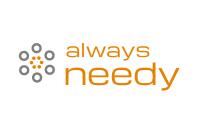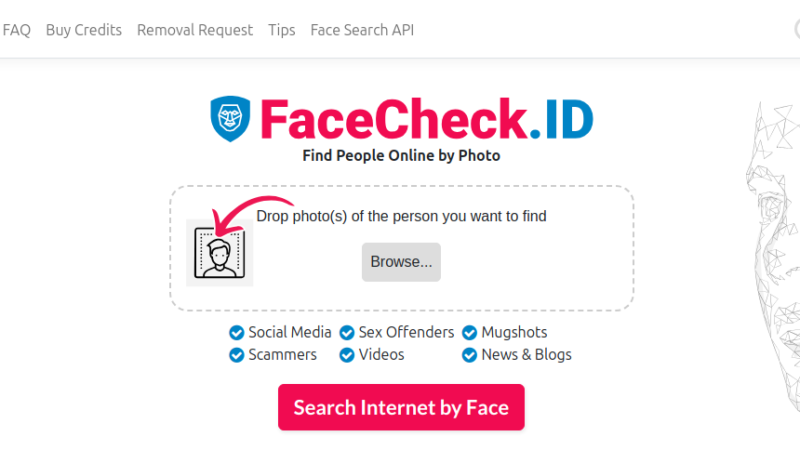What does a service desk technician do?

A service desk technician is a face-to-face IT technician who interacts directly with customers. The person in this job is a technical support agent who helps people with computer problems. A technician needs strong communication skills and the ability to solve technical problems. He usually has a degree in computer engineering and knows how to solve various technical problems.
Service desk engineer jobs are available worldwide. This type of work is common in most technology sectors. An example is a cable entertainment company that uses this type of engineer. This person supports customers with cable problems. The technician must have strong communication skills as he interacts with customers every day. These skills are essential in solving a customer\’s technical problems.
Most large companies have a wide range of service desk technicians. This staff provides telephones, laptops, and IT support to an entire organization. The Service Desk staff usually manages the technical problems reported by the company staff.
Helpdesk vs. Service Desk: What\’s the Difference?
What is a helpdesk?
The IT helpdesk is generally considered to be more tactical, with the primary goal of helping to quickly resolve immediate end-user needs and technical problems and incidents. The helpdesk is inherently responsive, but it should be efficient and fast. The IT support service can be a separate or part of a larger customer service improvement service throughout the organization.
Who can choose help? Tools designed for support can also provide support for program and service management and incident, basic maintenance functions. For
smaller, less complex organizations with the least IT dependency, this is a sensible and cost effective option.
I work with many smaller organizations to improve their IT service management skills and, without exception, most of them can barely scratch the surface using the capabilities of the tools they have purchased and deployment. These companies can save a lot of money and reap the same benefits from a simple help desk solution – it\’s not a complete service management solution for everyone.
What is a service desk?
The IT service desk is generally a broader, more strategic and organizational function. A service desk examines the needs and context of a larger business rather than focusing entirely on solving user needs, as a helpdesk does.
Integration and communication with the configuration management database (CMDB)
A more mature organization with complex IT systems, integration with third-party vendors, and a critical dependence on their IT infrastructure will surely require a complete ITSM solution with an integrated service desktop function.
Best practice for choosing the right equipment
If you visit various groups on LinkedIn or other meetings, you will find many interesting discussions on this topic. These dialogues often vary depending on the type of software you can use to make the work on your desktop easier. Based on my experience, here are some best practices for choosing the right help desk / service table for your organization.
Keep it simple
I am a firm believer in the KIS principle – make it simple. Understand your congregation\’s needs and find an application that addresses those needs. Not always better.
I left a fraudulent organization with an internal tracking system and went into ITSM solutions. They invested in this software and a six-month project to bring it to life. When I arrived, about a dozen months after the work was done, the new machine was gone, and they were back on the call route they knew. This new system is so complicated that they do not want all the information it can provide them.
Obviously they needed to move their system, but an investigation of the complaints and their needs made it clear that they only needed the ‘help table’ product. A lot of things aren’t always right!
Start with the basics
Start small and find tools that will grow with you. First, use high-performance techniques, then gradually increase the capacity as they become more efficient. The more you use, the more you improve your practice – you will expand your use of the tools as part of a continuous improvement process. You can not go from zero to hero night, and you should not try.
The state of the art is not for everyone
Do not be blind to every clock and whistle available in today\’s ITSM marketing tools. Humans can be like magpies – we love shiny things! The like of useful features can make us use more than we need.
Here is a good example: Last year I bought a new washing machine. I did my research and went out to buy models that fit my needs. When I arrived at the store, the salesman told me to find the latest and greatest machine. It has great features, like 43 different types of washes to take care of almost any fabric you will need to clean, a bowl large enough to wash a king bowl and, incredibly. Amazing, I can manage it with my phone via Wifi!






